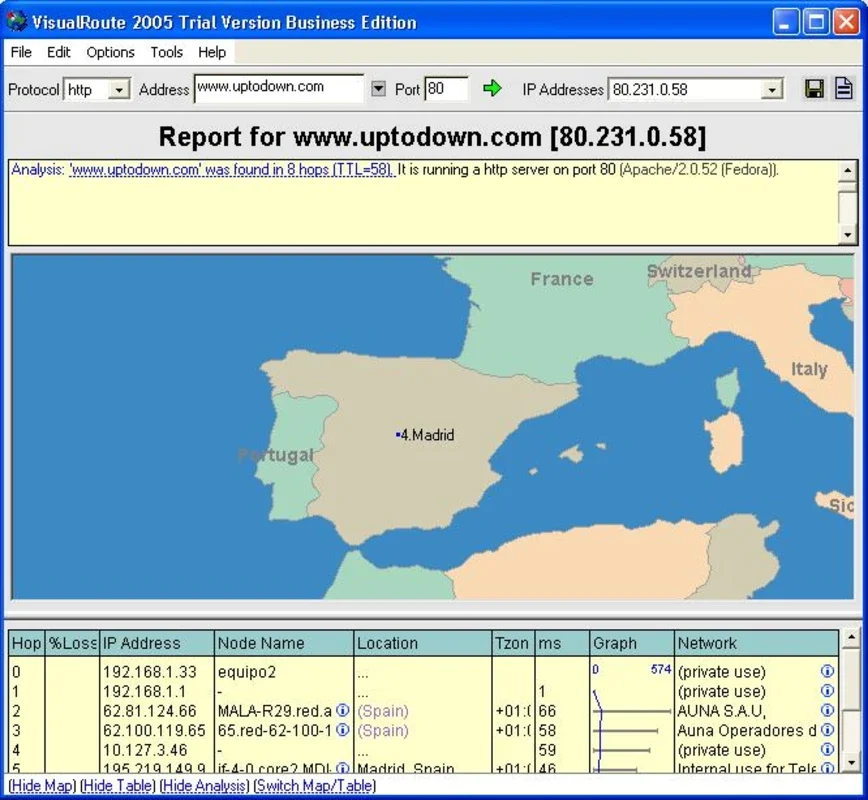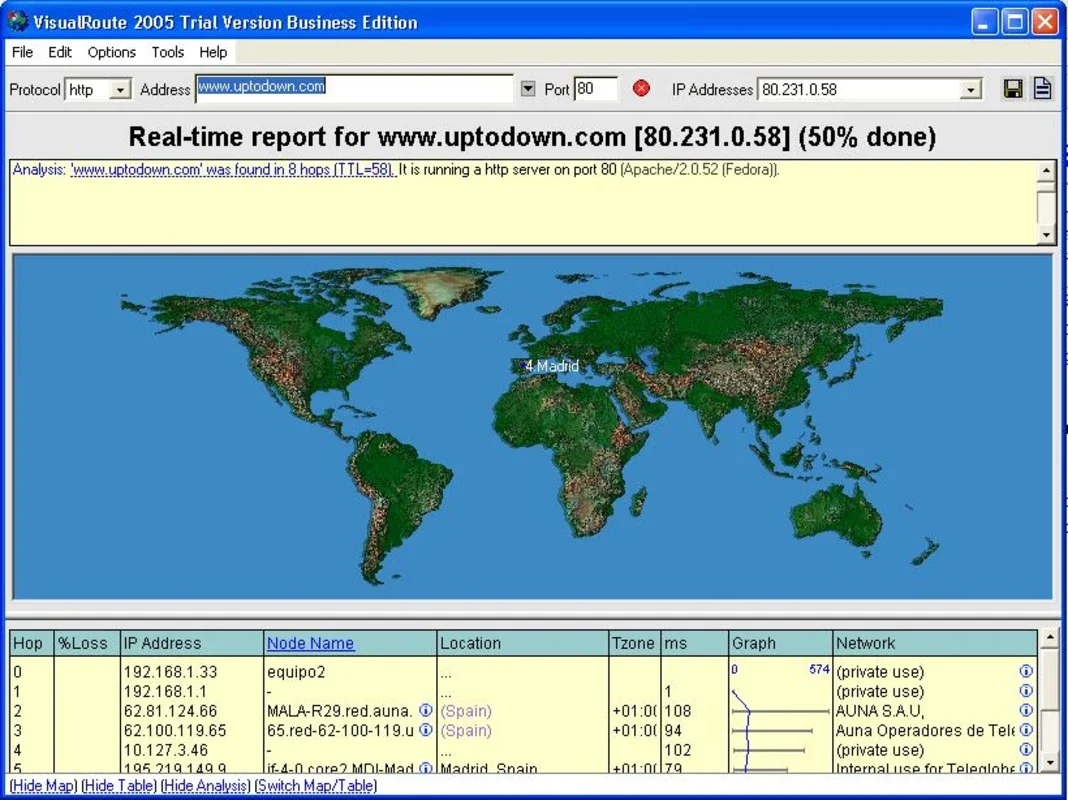VisualRoute App Introduction
Introduction
VisualRoute is a remarkable software that offers a wealth of functionality for network analysis. It combines the capabilities of Traceroute, Whois, and Ping in one convenient package. This software is designed to provide users with detailed insights into network connectivity and domain/IP information.
Understanding the Core Features
Traceroute Functionality
The Traceroute aspect of VisualRoute is crucial for mapping the path that data packets take from one point to another on the network. It allows users to see each hop along the way, which is invaluable for diagnosing network issues. For example, if there is a delay or a connection failure between two points, VisualRoute can show exactly where the problem might be occurring. This is much more efficient than trying to manually trace the route through a complex network.
Whois Integration
The Whois feature in VisualRoute provides detailed information about domain names and IP addresses. It can tell you who owns a particular domain, when it was registered, and other important details. This is useful for various reasons, such as ensuring the legitimacy of a website or tracking down the source of potential security threats. For instance, if a suspicious domain is being used for malicious activities, the Whois information can help in identifying the responsible party.
Ping Utility
The Ping function in VisualRoute is used to test the reachability of a host on an IP network. It sends a small data packet to the target host and waits for a response. By analyzing the response time and success rate of these pings, users can determine the stability and responsiveness of a network connection. This is especially important for network administrators who need to ensure that all systems on their network are accessible and functioning properly.
How VisualRoute Helps in Localizing IPs and Domains
VisualRoute's ability to localize IPs and domains is one of its most powerful features. When trying to find the physical location of an IP address or the registrar information of a domain, VisualRoute can quickly and accurately provide this information. It uses its extensive database to map IP addresses to geographical locations and to retrieve domain - related information. This is extremely useful for businesses that need to target specific regions or for security teams that are investigating potential threats from certain locations.
The Importance of VisualRoute's Database
The database used by VisualRoute is comprehensive and full - featured. It contains a vast amount of information about servers and domains. This database is constantly updated to ensure that the information provided by VisualRoute is accurate and up - to - date. The data in the database includes information about network routes, domain ownership, and server characteristics. This allows VisualRoute to offer detailed and reliable reports to its users.
VisualRoute vs. Other Network Analysis Tools
When compared to other network analysis tools, VisualRoute stands out in several ways. Some tools may only offer basic Traceroute functionality, while VisualRoute combines multiple functions. Others may have limited databases, resulting in less accurate information. VisualRoute's user - friendly interface also sets it apart. It is designed to be accessible to both novice and experienced users, making it a versatile choice for network analysis.
Conclusion
In conclusion, VisualRoute is an essential tool for anyone involved in network management, security, or general network analysis. Its combination of Traceroute, Whois, and Ping functionality, along with its ability to localize IPs and domains and its comprehensive database, make it a valuable asset. Whether you are a network administrator trying to troubleshoot a connection issue or a security analyst looking into potential threats, VisualRoute has the features and capabilities to meet your needs.

